I have a question regarding a control loop system which is subject to disturbance, unfortunately I missed a couple of lectures on the subject and now am scratching my head as to how to do it. The loop is shown below.
\$D(s)=\frac{K}{s+10},\$ \$M_p(s)=\frac{M_o}{s},\$ \$G(s)=\frac{s+3}{s^2+4s+5},\$ \$I(s)=\frac{1}{s}\$
\$K_t\$ isn't used for now so that can be ignored. \$M_p\$ is a step input disturbance.
Anyway, the question in hand is asking for the steady state error assuming the system to be stable, and I am simply struggling with getting the initial T.F. in order to get this.
It is given that I need to determine \$\frac{\theta(s)}{M_p(s)}\$ and furthermore am given that this is:
$$\frac{(s+3)(s+10)}{s(s+10)(s^2+4s+5)+K(s+3)}$$
But I baffled as to how to get to this result, any ideas?
After this I know what to do but I just want to know how to get to this stage in the first place.

